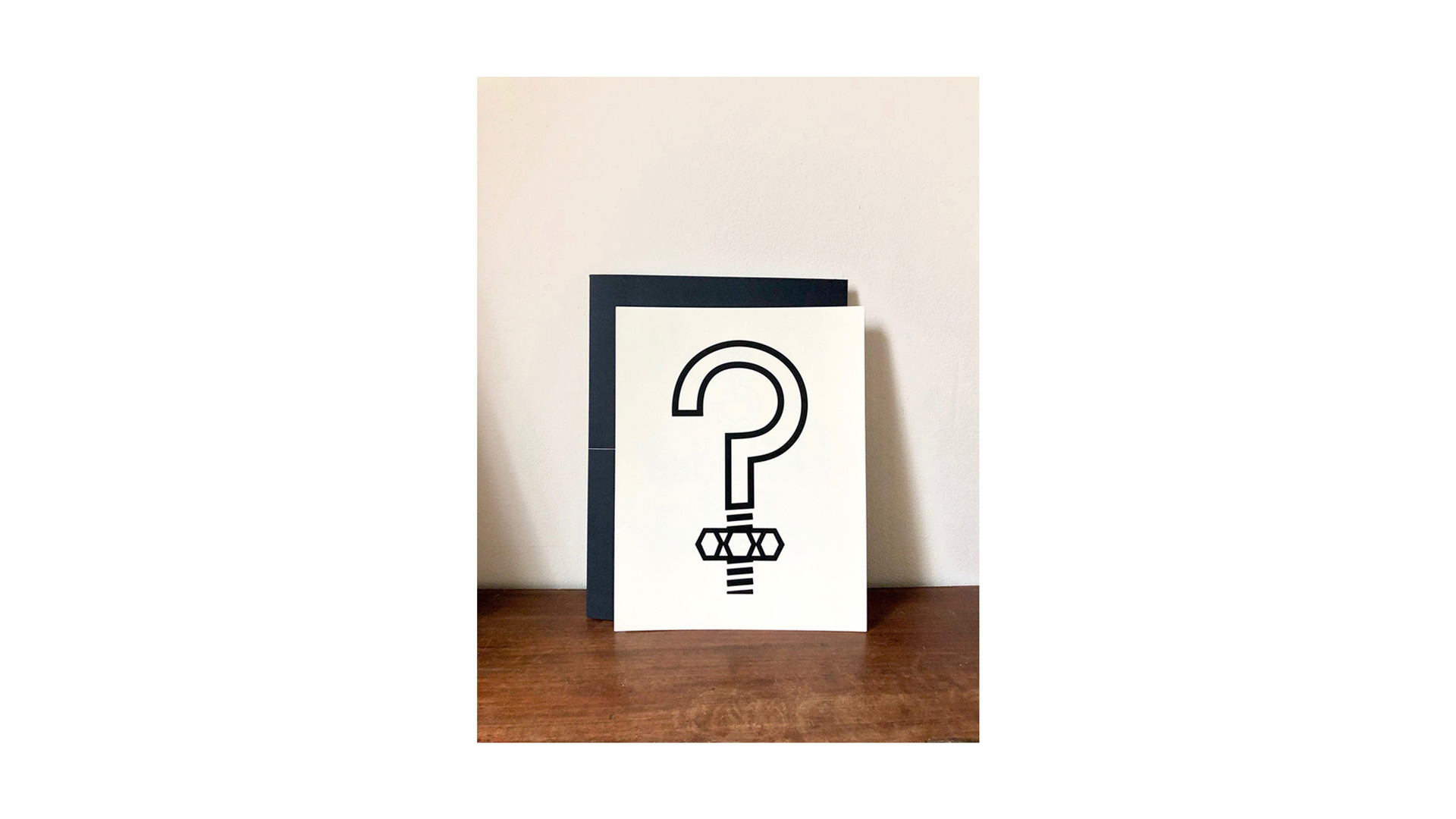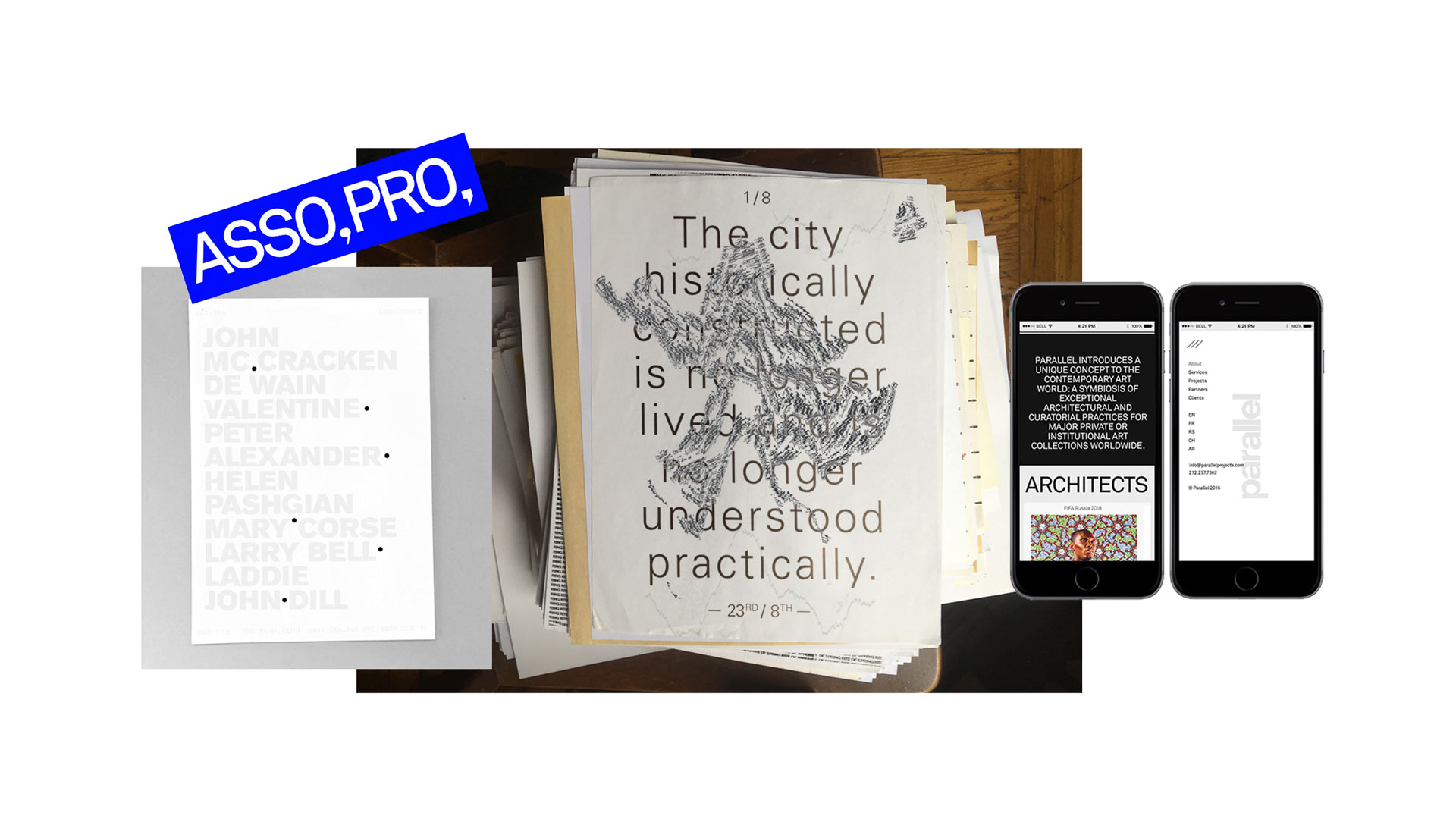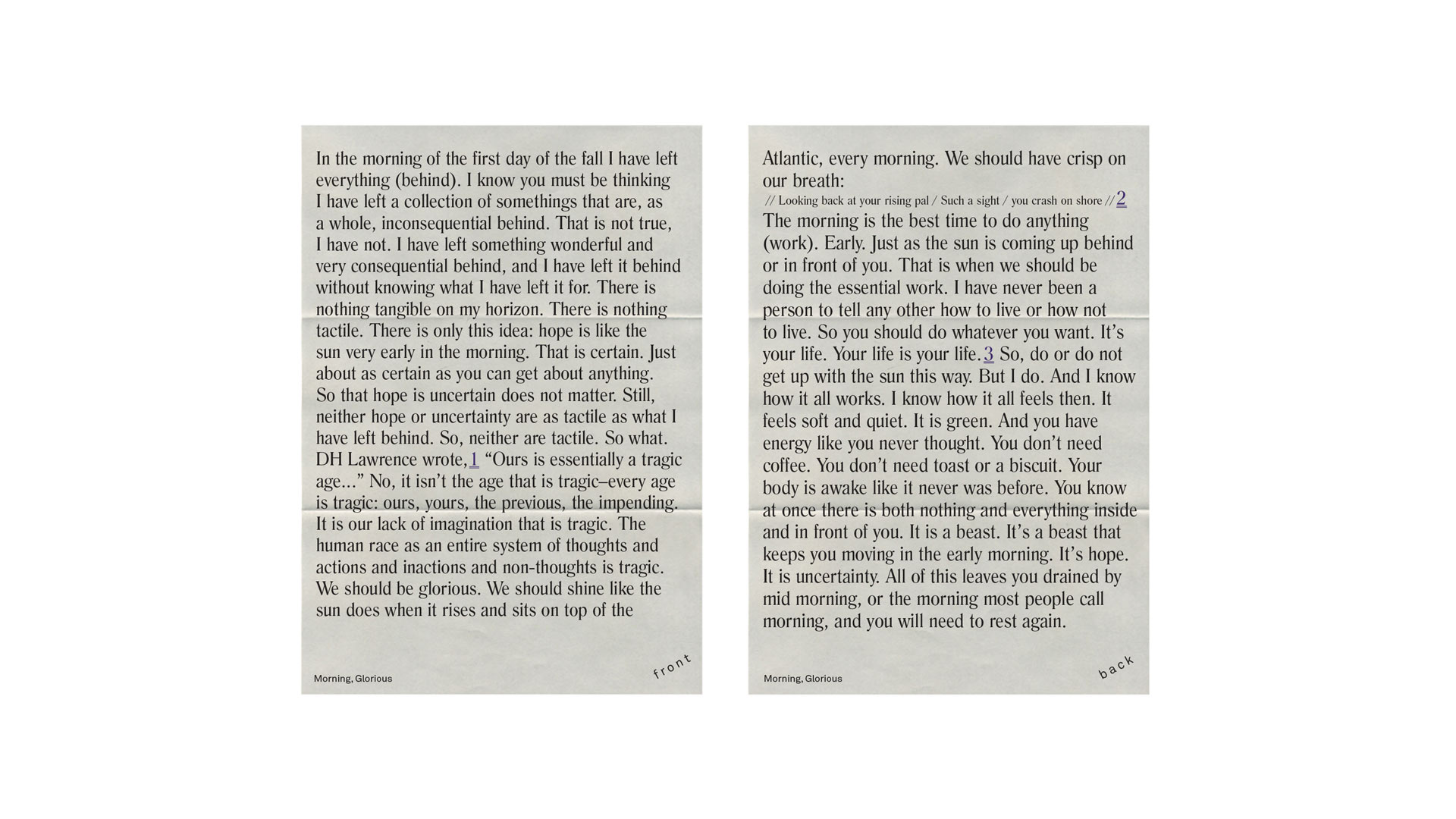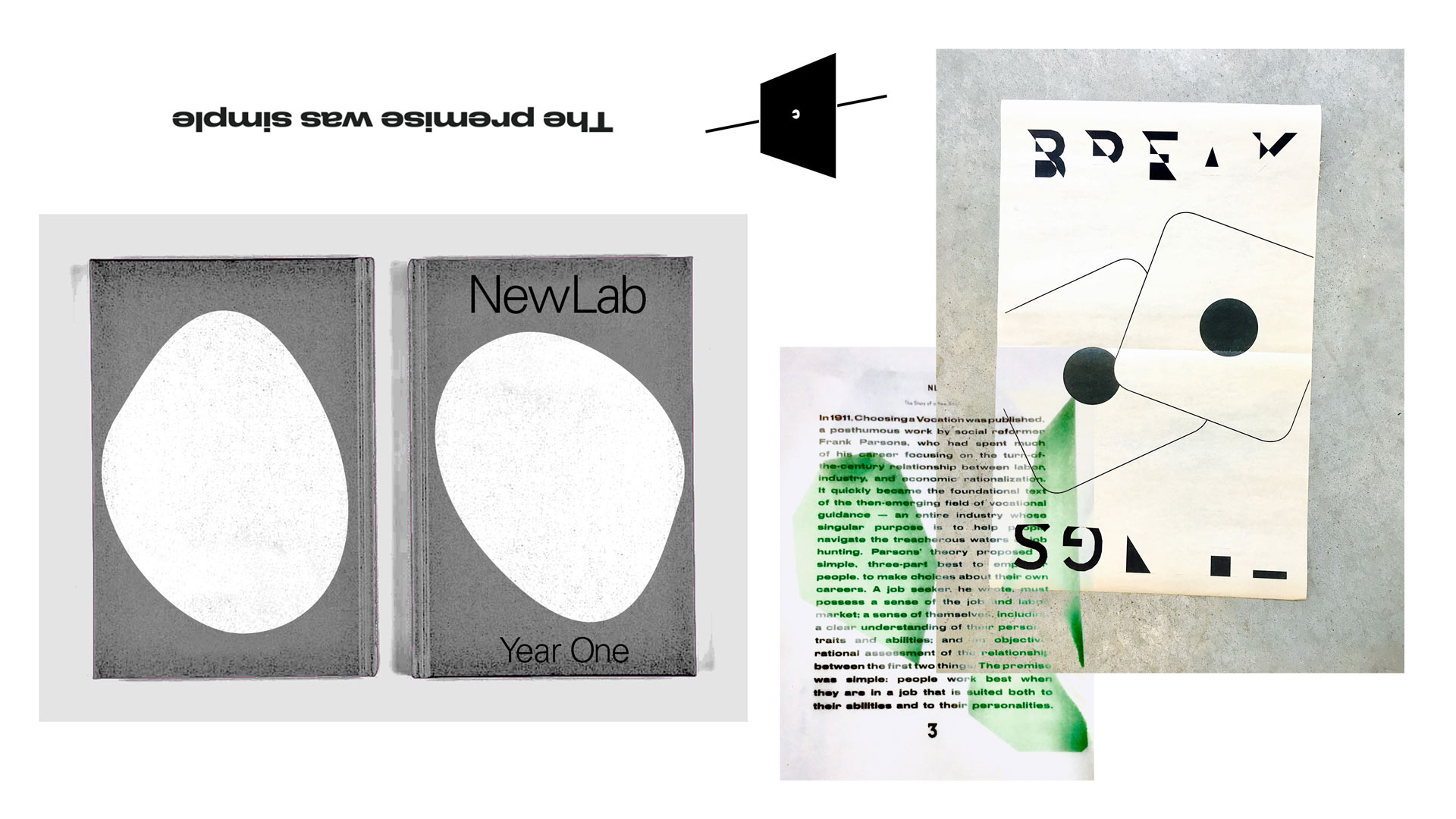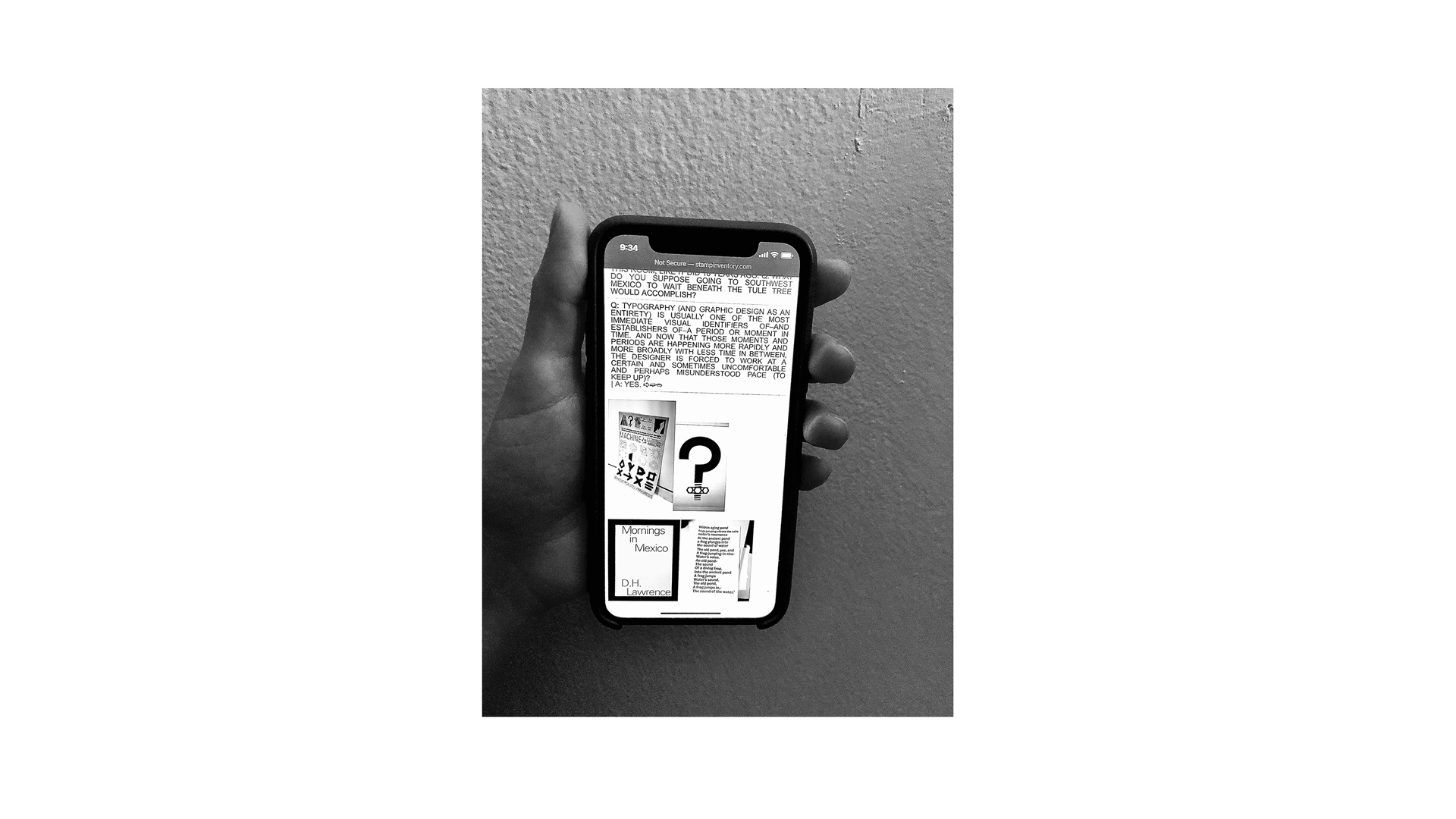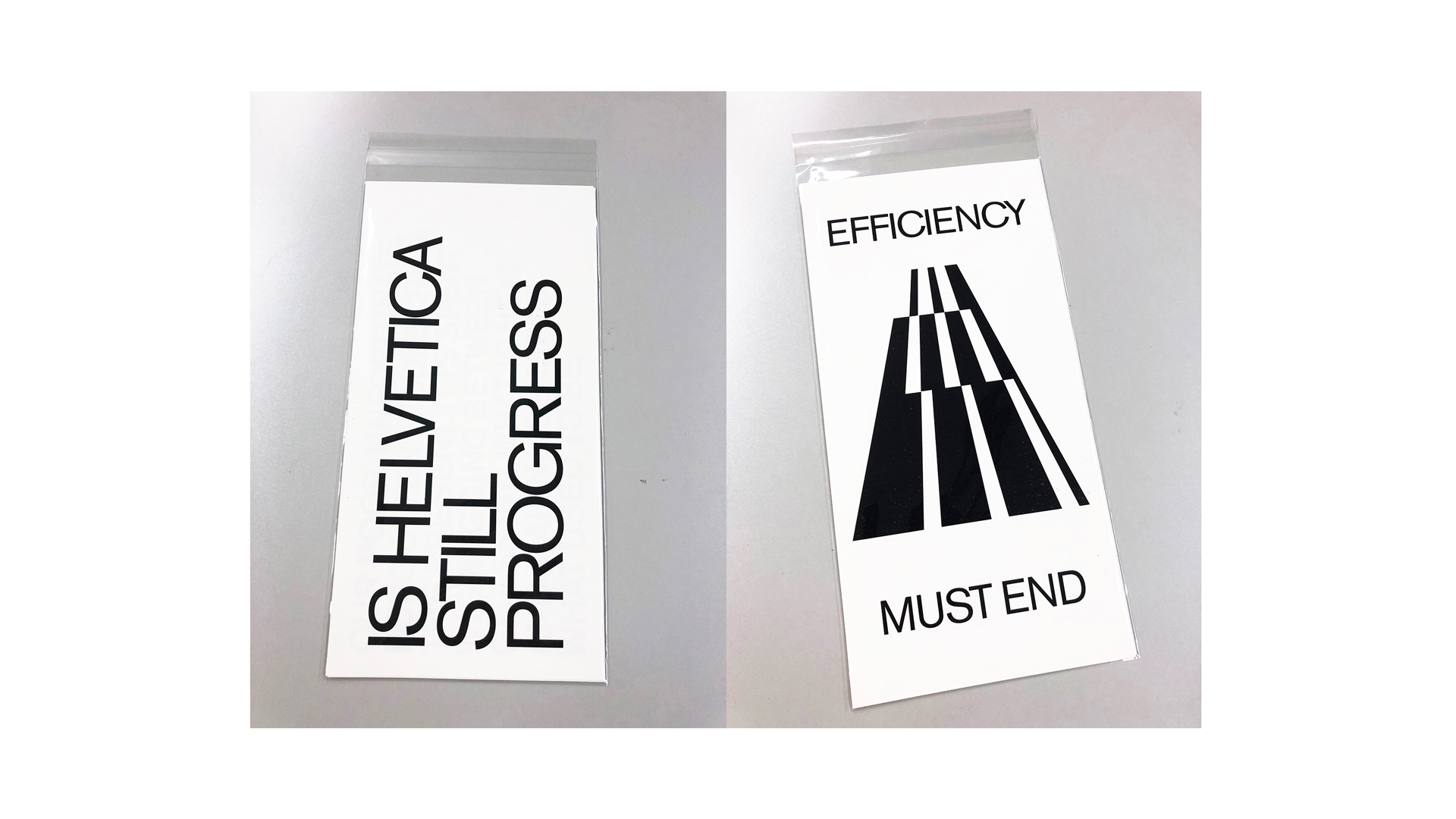Alumni Spotlight: Bronson Stamp
Bronson Stamp
Your career after SVA has been quite the meander–media, studio, agency, start up, architecture– how has that been? What impact has SVA MFAD had on that path?
Yes, I started at Collins right after graduation so that was direct impact. At various lengths and levels: SYPartners, Y&R, TIME Magazine, K/R Practice, The Wall Street Journal, NewLab, Newsweek/TheDailyBeast. Through classmates (see shoutouts), and other colleagues I’ve been able to write a little bit about design and guest lecture at Pratt and The New School. Well, the impact of the program on this journey, has been paramount. The curriculum’s range and expectations builds personal range and expectations. and the practice of presenting yourself and formulating a ––convincing (hopefully)–perspective on your position carries you through many situations.
What are you working on now? What are the projects you have in mind or are pursuing?
I invest most of my time on a series of ongoing projects for my communication practice, Stampinventory (http://stampinventory.com/), which is primarily initiated projects and client work here and there (concepting, text based): The 13th cities; -I am not, a machine; a new punctuation mark; One Word Dictionary; everythinglooksthesame; So/But/For What. But just as significantly I have a day job at the Wall Street Journal, part of a scrappy team of about 20 or so writers, designers, animators, creative directors (a unicorn farm basically) imbedded there as essentially their in-house studio. We do all the work of a much larger agency at half the cost 😉 !!!: strategy, copy, identities, websites, print and digital campaigns, environmental, video, social.
Any advice for incoming or second year students?
Come alone if possible. Live in a tent on a roof. Rely on one another. Get drunk with your 19 new best friends… be 100% immersed in all of it: the libraries, the history, the messes, the diverse sensibilities of the faculty. Find, and develop, more than one solution to each problem. Have a great idea, move on. Have another, move on. Define and defend your own meaning of “to be a student.” Second year students: spend that summer in between doing something else, go home, leave NYC, you don’t need that internship. Finally, our class was very competitive, which drove us to be better individually, but that also drove us apart to a degree. Don’t let that happen. The defining memory: 8 of us drove overnight in a van to Barack Obama’s Inauguration in 2009.
How has your thesis lived beyond SVA?
It’s funny to recall that day (April of 2010), I was backstage ripping apart a dictionary, page by page, re arranging the order to have on stage with me (I have a relevant reason, I promise). Scott Stowell was moderating the session and he asked me “So what’s the definition of “dictionary?” And i held up my torn apart dictionary and said, “I couldn’t tell you, mine’s out of order.” So The One Word Dictionaries live on in that spirit in every project and assignment I work on to this day. Possibility. Instigation. Agitation. Imagination. And above anything else (readability, legibility, etc) the spirit is communication. But i do have a vision of the set in physical form.
If you could choose a thesis topic today, what would you pick?
I think I would either 01) continue to understand the developments that sprang from the original One Word Dictionary Set, which I still do on my own today, or 02) be more self aware and develop a topic, or subject matter, that could be more relevant to a broader audience. Something less esoteric or imaginative and something… oh I don’t, it’s difficult to say, one way or the other. I love how personal imagination and design work magic together to offer something that might otherwise never occur to anyone else. And I believe in one’s own voice very much, and when that honesty and desire is articulated and the project is novel, it can be the most impactful, regardless of topic or breadth or depth of audience. I’ve been thinking lately about the notion that “i want to achieve the moment when graphic design, or the final offering, is the easy part.”
How do you stay inspired?
I prefer (the real impact of) influence over (this ideal and laziness of) inspiration. I made this illustration around the theme “Inspiration is drool. Influence is stool.” You get it. So, the real impact from something comes from a more intensive interaction with it–a complete digestion of it. So you eat it up, you chew it, you swallow it, you turn it into something you can then pass through yourself. Then you look at that result and ask yourself “am I ok?” But, to answer “how I stay influenced”: I fill up on everything (musicians and composers, writers with large bodies of work, film, architecture, current events), but I don’t finish very often. I keep most of my books open and 75 tabs open. Since this program was my first formal eduction in design, I don’t have the trained urges, so I usually don’t run to visual things for the sake of being moved, or worse informed, though very often I am. And i repeat things (I listened to only one album all of last year, for example. I pick up from the stacks and piles I keep near by, flipping through printed out pdfs and all sorts of books, and various 8.5×11 discards of my own, trying to piece together their connections). Natural conversation with a person you trust, who can give you something new every time–and is open to the new thing you can offer them–is a wonderful way to energize yourself. Find 2-3 new people every couple of years you can develop a closeness to–now that’s influence. I leave investigations incomplete, so they have their own life, parallel to mine. I mean you can complete, but never finish… if that makes sense (Karel Marten’s books accomplish this).
Any shout outs?
Keeping it within the realm of this program seems appropriate, so: my classmates (2010) whom I was extremely close (less so now, but that’s life): Ashley Stevens, Tonya Douraghy, Matt Luckhurst, Carli Heggen, Helga Schmid, Maryln Dantes. And to the other MFA alumni who I’ve become especially close to in the last two years through my work at the Wall Street Journal, and otherwise: Johnathan Swafford (05’), Chris Ritchie (’05), Sarah Wilson (’16), Mahya Soltani (’18).

